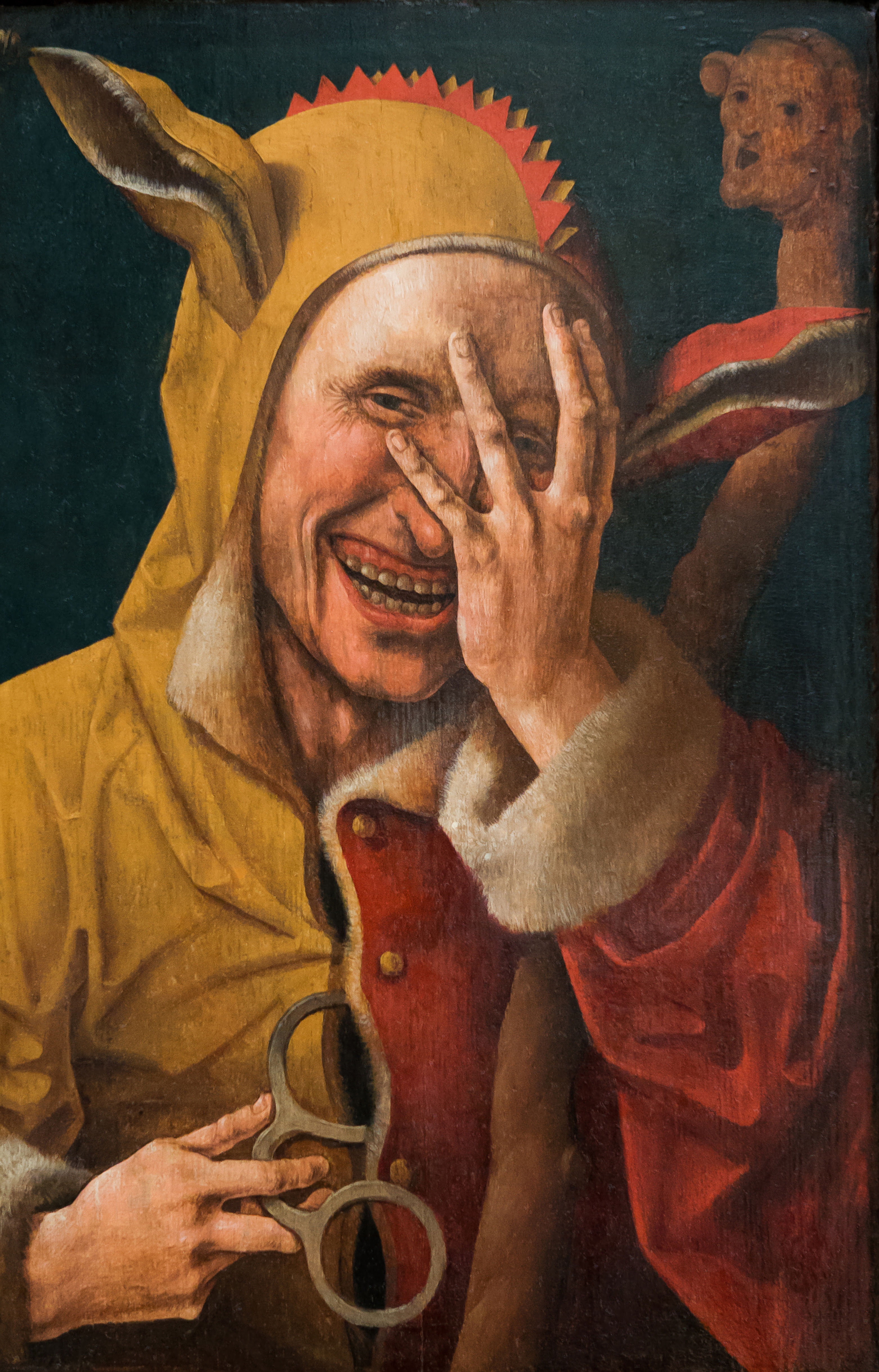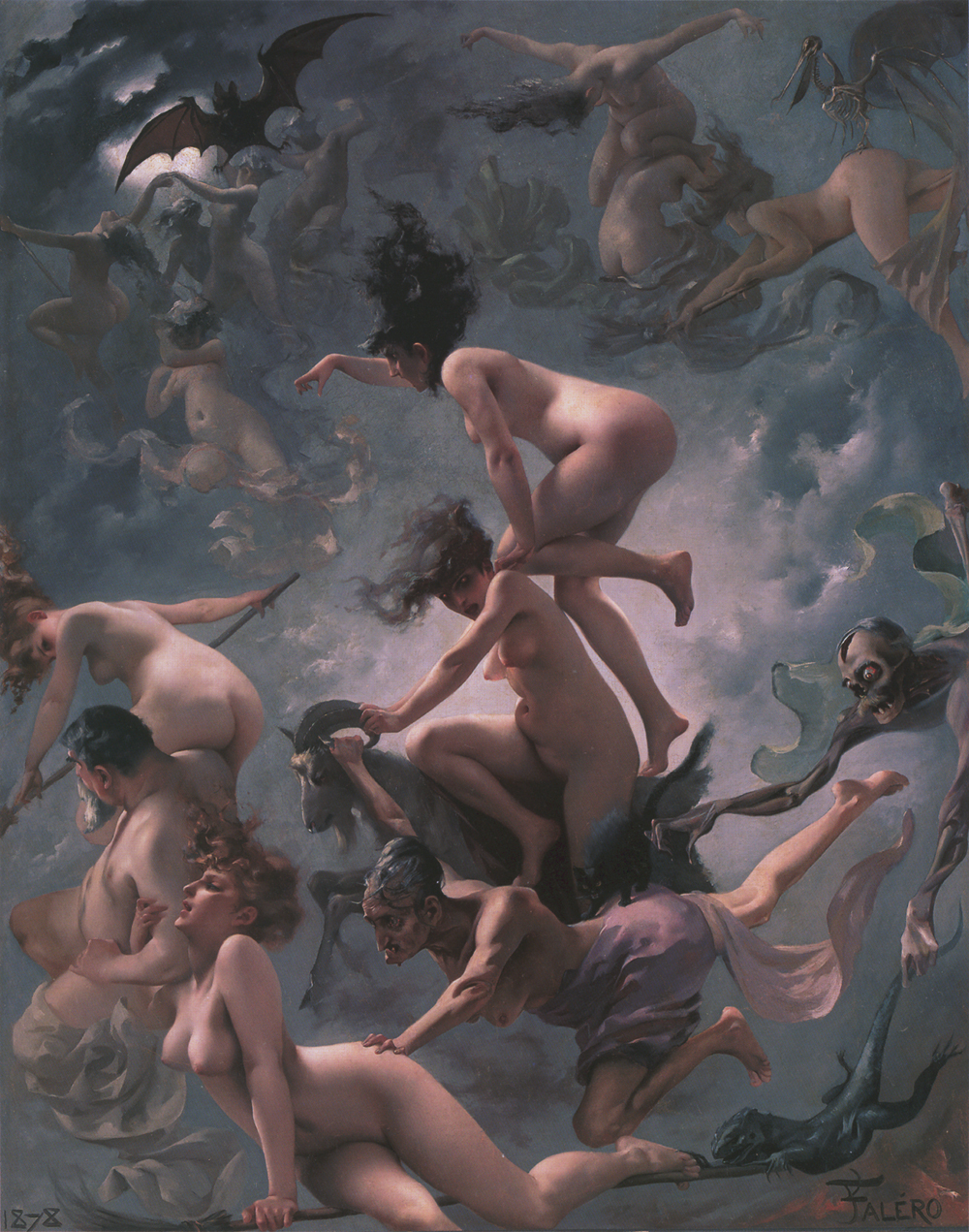Tag: Luperci
Fools, shamans, goblins: liminality, otherness and ritual inversion
The peripheral location of the Folle / Buffone / Jester of the medieval era links him, as well as to the archaic Shaman, to other liminal characters of myth and folklore, such as the Wild Man, Harlequin, the Genius Cuckold and more generally to all that category of feral entities connected on the one hand to the demons of vegetation and on the other to the functional sphere of dreams and death. With regard to the rite, the Folle is to be seen connected to the so-called "ritual inversion" that was carried out during the Roman Saturnalia and during all those collective walking rituals of the Charivari type from which the "Feste dei Folli" were born in the Middle Ages. and the modern Carnival.
Lupercalia: the cathartic celebrations of Februa
by Ascanio Modena Altieri
originally published on The Dissident Intellectual
The first rays of the civilization of Rome and of the Italian national myth begin their grandiose work among the districts of the Earth. The Palatine Hill is home to the she-wolf, the nurse, savior of the divine couple of infants from the waters of the Tiber and from the evil king of Alba Longa Amulio. On the slopes of the future Colle dei Principi, with tall oaks and fabulous woods, is the Lupercale, the mythical cave, home of the fatal fair, where the blood of the prey and the milk of the breasts mix in a combination of colors that, between a few centuries, it will become an imperishable ritual and celebratory imprint. However, aids to the auspicious destiny could not be delayed: the consanguineous shepherds, Faustulus and Plistinus, found the two nobles in swaddling clothes and, with the sacred consent of the feminine beast, decided to take the two to their hut on the hill, ready one day, to tell which most dignified blood is what gushes in their veins. In the beginning it was Acca Larenzia, wife of Faustolo, who took care of the children of the God Mars and of Rhea Silvia, in the house on the Palatine, until the two appropriated, in different ways, the already marked fate.
Metamorphosis and ritual battles in the myth and folklore of the Eurasian populations
di Marco Maculotti
The zoomorphic metamorphosis topos is widely present in the folkloric corpus of a large number of ancient traditions, both from archaic Europe (on which we will focus mainly in this study), and from other geographical areas. As early as the fifth century BC, in Greece, Herodotus mentioned men capable of periodically transforming themselves into wolves. Similar traditions have been documented in Africa, Asia and the American continent, with reference to the temporary metamorphosis of human beings in fairs: bears, leopards, hyenas, tigers, jaguars. Sometimes, in some historically documented cases of the ancient world (Luperci, Cinocefali, Berserker) "The paranormal experience of transformation into an animal takes on collective characteristics and is at the origin of initiatory groups and secret societies" (Di Nola, p.12).
The Friulian benandanti and the ancient European fertility cults
di Marco Maculotti
cover: Luis Ricardo Falero, “Witches going to their Sabbath", 1878).
Carlo Ginzburg (born 1939), a renowned scholar of religious folklore and medieval popular beliefs, published in 1966 as his first work The Benandanti, a research on the Friulian peasant society of the sixteenth century. The author, thanks to a remarkable work on a conspicuous documentary material relating to the trials of the courts of the Inquisition, reconstructed the complex system of beliefs widespread up to a relatively recent era in the peasant world of northern Italy and other countries, of Germanic area, Central Europe.
According to Ginzburg, the beliefs concerning the company of the benandanti and their ritual battles against witches and sorcerers on the Thursday nights of the four tempora (Her hand, imbol, Beltain, Lughnasad), were to be interpreted as a natural evolution, which took place far from the city centers and from the influence of the various Christian Churches, of an ancient agrarian cult with shamanic characteristics, widespread throughout Europe since the Archaic age, before the spread of the Jewish religion - Christian. Ginzburg's analysis of the interpretation proposed at the time by the inquisitors is also of considerable interest, who, often displaced by what they heard during interrogation by the benandanti defendants, mostly limited themselves to equating the complex experience of the latter with the nefarious practices of witchcraft. Although with the passing of the centuries the tales of the benandanti became more and more similar to those concerning the witchcraft sabbath, the author noted that this concordance was not absolute:
"If, in fact, the witches and sorcerers who meet on Thursday night to give themselves to" jumps "," fun "," weddings "and banquets, immediately evoke the image of the sabb - that sabb that the demonologists had meticulously described and codified, and the inquisitors persecuted at least since the mid-400th century - nonetheless exist, among the gatherings described by benandanti and the traditional, vulgate image of the diabolical sabbath, evident differences. In these cEverywhere, apparently, homage is not paid to the devil (in whose presence, indeed, there is no mention of it), faith is not abjured, the cross is not trampled, there is no reproach of the sacraments. At the center of them is a dark ritual: witches and sorcerers armed with sorghum reeds who juggle and fight with benandanti provided with fennel branches. Who are these benandanti? On the one hand, they claim to oppose witches and sorcerers, to hinder their evil designs, to heal the victims of their hexes; on the other hand, not unlike their presumed adversaries, they claim to go to mysterious nocturnal gatherings, of which they cannot speak under pain of being beaten, riding hares, cats and other animals. "
—Carlo Ginzburg, "I benandanti. Witchcraft and agrarian cults between the sixteenth and seventeenth centuries», Pp. 7-8





